A Big Surprise from a FAA Inspector
Air Facts
SEPTEMBER 23, 2024
Our passenger flight was getting a checkride from the FAA. I preached that you could not flunk a checkride if you go by the book. If the glide slope failed, the Policy Manual permitted crews to revert to the Localizer Approach minimus. The flight crew reviewed the ILS 14L approach. Well guess what?



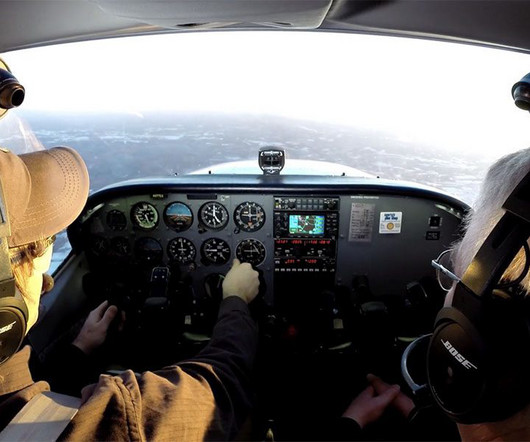

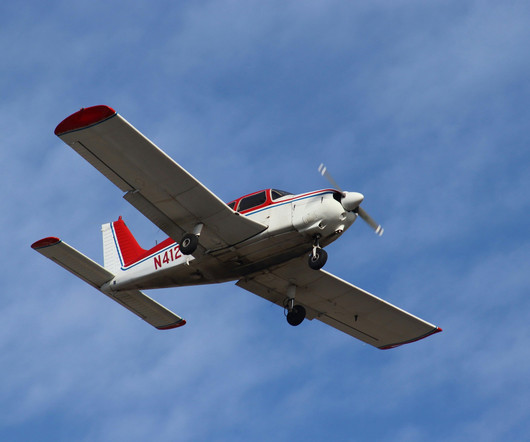
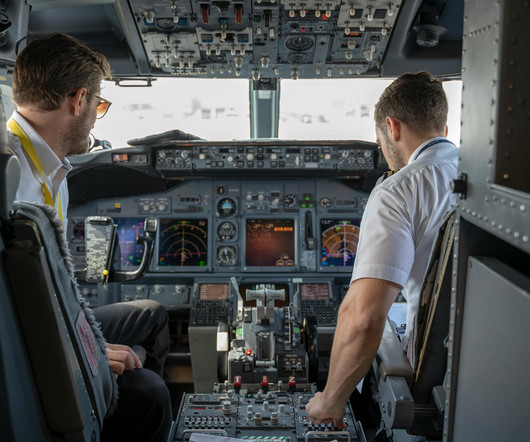


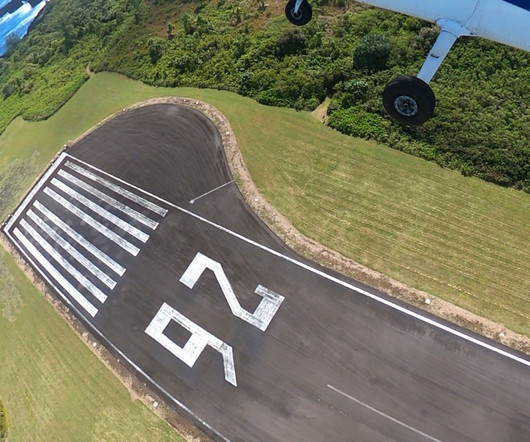



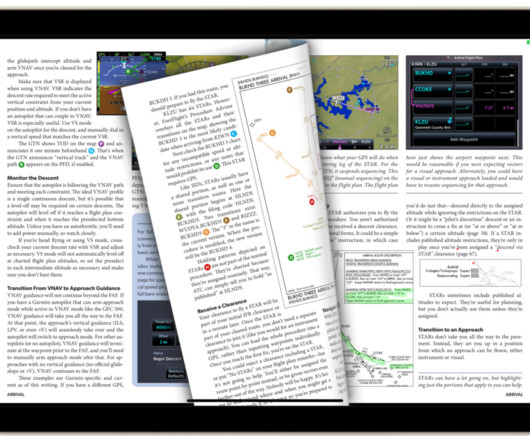






Let's personalize your content